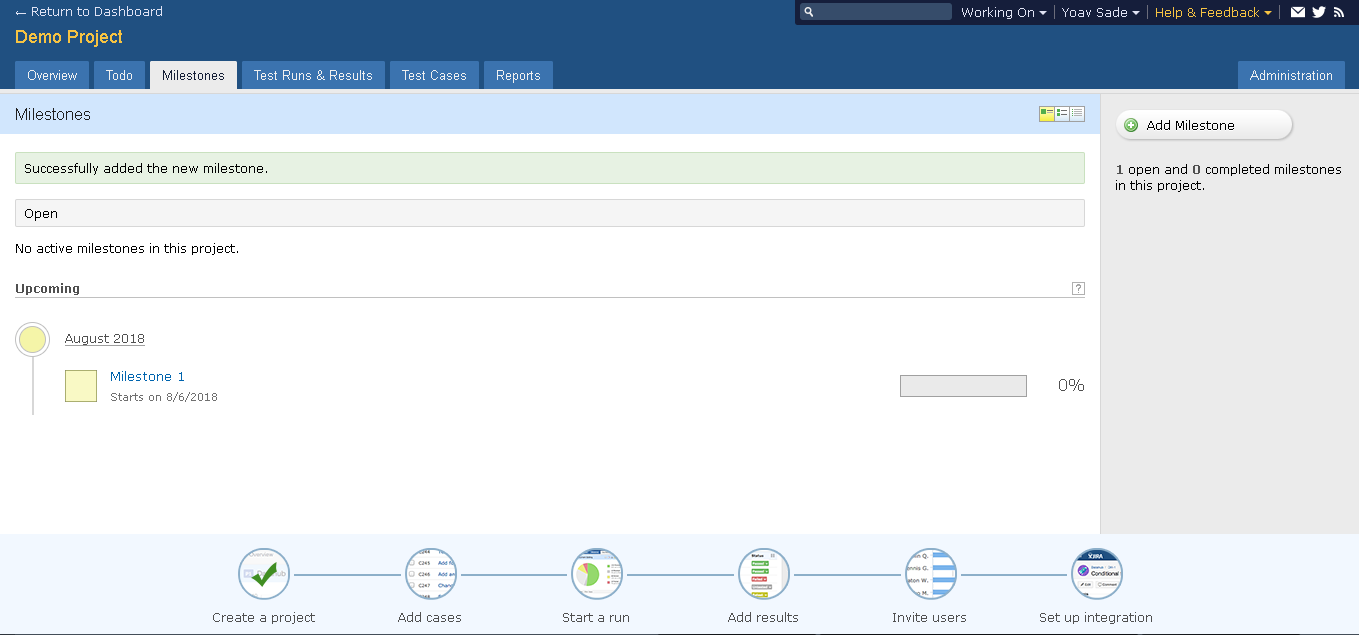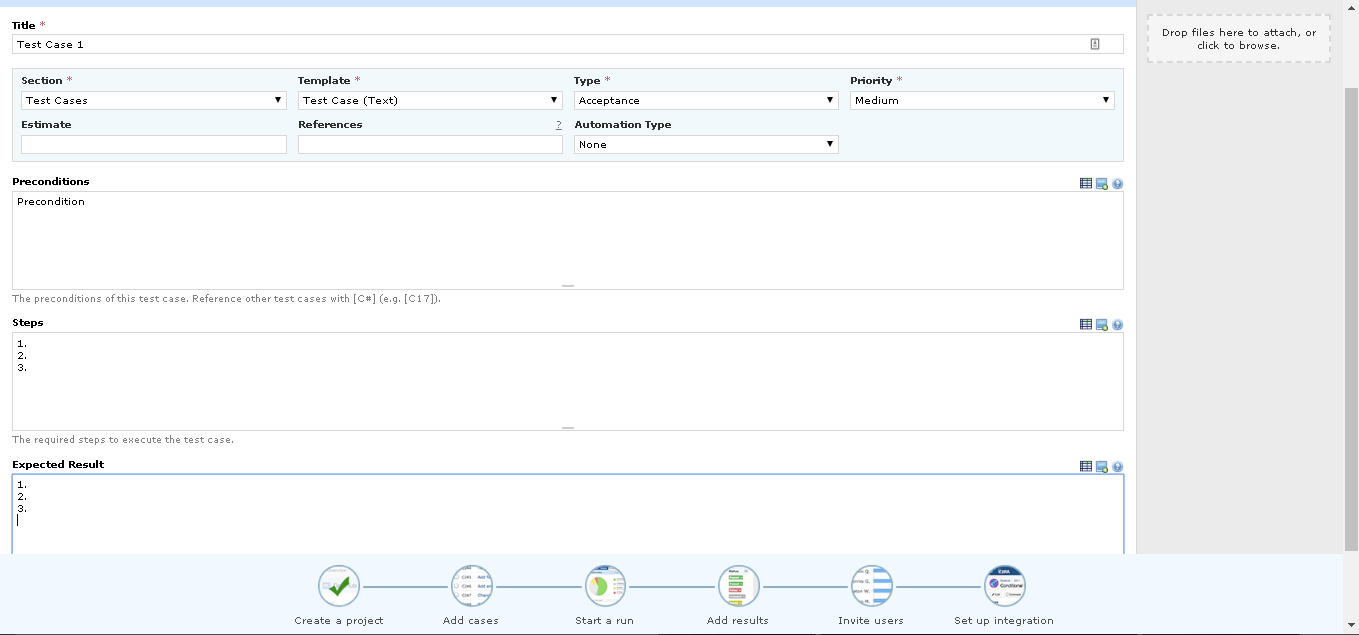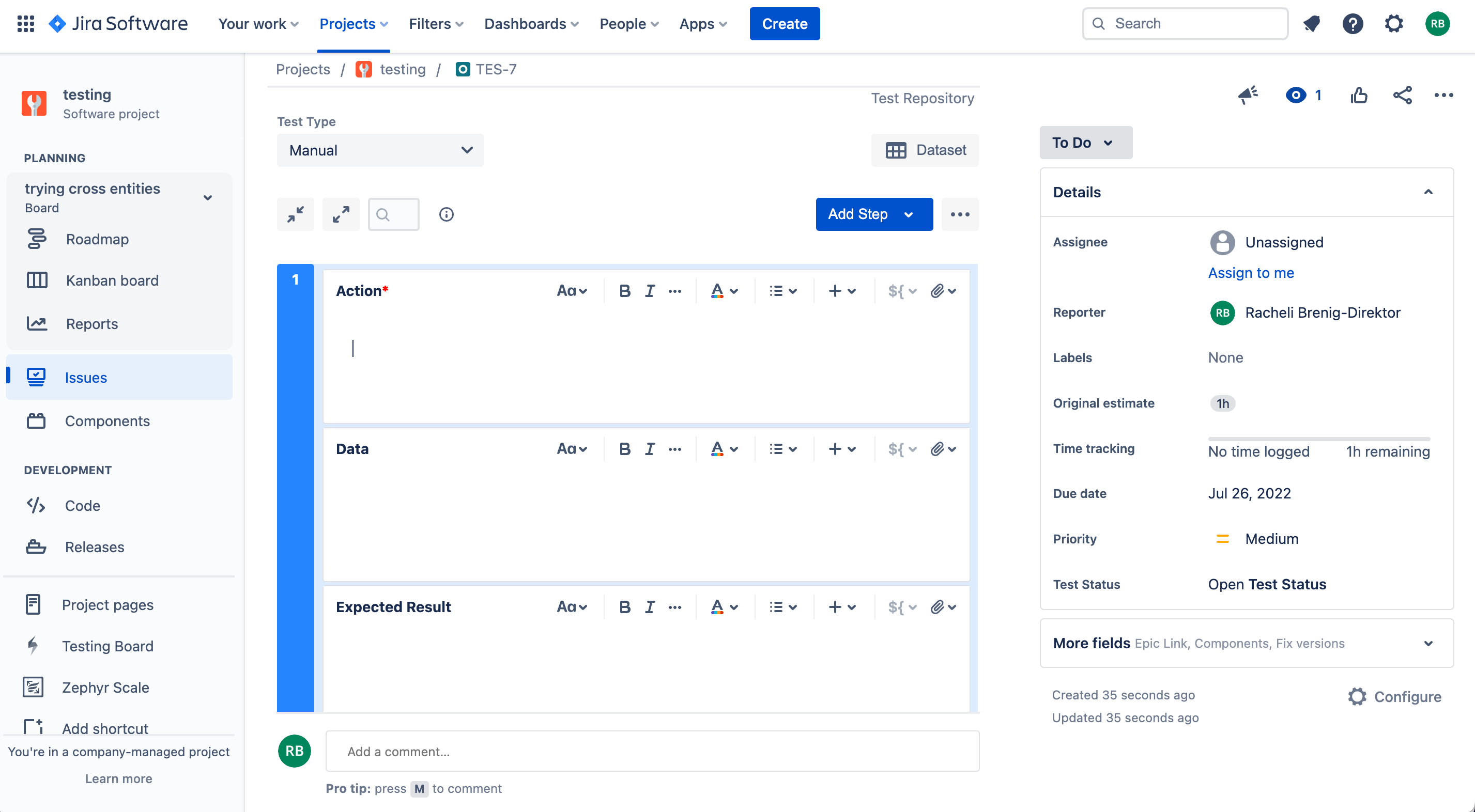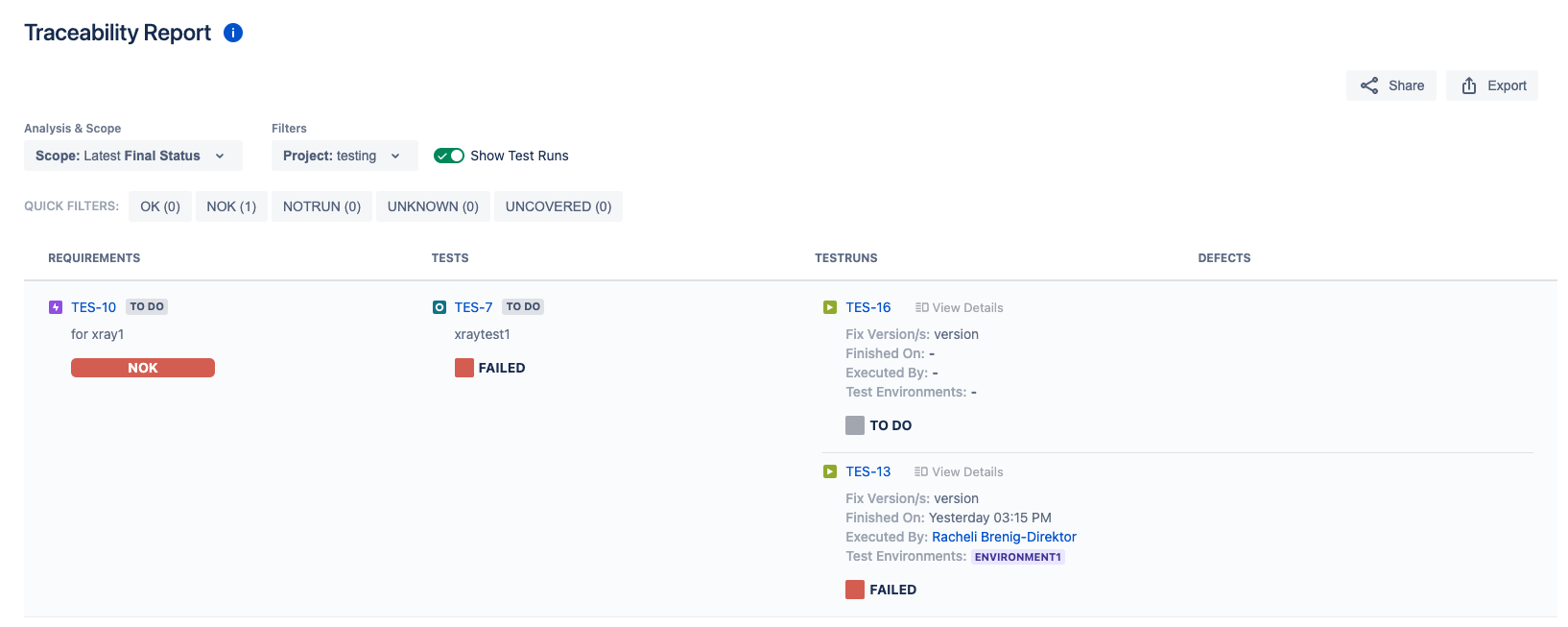TestRail vs. Xray
When faced with the challenge of choosing a Test Management tool, it can be hard to figure out where to start, since there are so many available options. The important rule of thumb is to choose a tool that will best match your QA process and its demands. The tool you use should work for you, not the other way around. We have created a useful checklist of features you can use while evaluating different testing tools.
TestRail vs. Xray At a Glance
Both Xray and TestRail have basic test case management capabilities but rely on external tool for requirements/user-stories and defects management.
The main difference between these two platforms is that TestRail is a stand-alone test management tool that integrates with 3rd party tools for requirements and issues management, while Xray resides within Jira and relies on it for requirements and issues management as well as storage and performance.
Both Xray and TestRail were purchased by Idera, a B2B software company.

“We evaluated several different test management platforms and chose PractiTest as our company standard. We are now consolidating our various test management systems into PractiTest.”
– Arthur Meloy, VP Site Reliability Engineering at NCR
How TestRail and Xray Stack Up
The following comparison reviews the main features to take into account when considering which one will best fit your QA needs.
Want to elevate your software testing to new heights? Discover a superior solution with PractiTest, an industry leader in test management. Click below to start your exclusive 14-day trial and experience its advanced capabilities.

| TestRail | Xray | |||||||||||||||||||||||||||||||||
|---|---|---|---|---|---|---|---|---|---|---|---|---|---|---|---|---|---|---|---|---|---|---|---|---|---|---|---|---|---|---|---|---|---|---|
| See who is scored higher than TestRail | See who is scored higher than Xray | |||||||||||||||||||||||||||||||||
| Requirement and User Stories Management | ||||||||||||||||||||||||||||||||||
|
||||||||||||||||||||||||||||||||||
| Test case management | ||||||||||||||||||||||||||||||||||
|
||||||||||||||||||||||||||||||||||
| Test Sets and Execution Management | ||||||||||||||||||||||||||||||||||
|
||||||||||||||||||||||||||||||||||
| Issue management | ||||||||||||||||||||||||||||||||||
|
||||||||||||||||||||||||||||||||||
| Time-Based Testing Iterations Management | ||||||||||||||||||||||||||||||||||
|
||||||||||||||||||||||||||||||||||
| Integrations | ||||||||||||||||||||||||||||||||||
|
||||||||||||||||||||||||||||||||||
| Customization | ||||||||||||||||||||||||||||||||||
|
||||||||||||||||||||||||||||||||||
| Reporting | ||||||||||||||||||||||||||||||||||
|
||||||||||||||||||||||||||||||||||
| AI-Powered Test Management | ||||||||||||||||||||||||||||||||||
|
||||||||||||||||||||||||||||||||||
| Additional Features | ||||||||||||||||||||||||||||||||||
|
||||||||||||||||||||||||||||||||||
| Security and Certifications | ||||||||||||||||||||||||||||||||||
|
||||||||||||||||||||||||||||||||||
| Service and Support | ||||||||||||||||||||||||||||||||||
|
||||||||||||||||||||||||||||||||||
| Compare TestRail to PractiTest | Compare Xray to PractiTest | |||||||||||||||||||||||||||||||||


Pros and Cons

Pros:
- Part of a fuller applications portfolio
- Milestones modules to manage releases
- Competitive price
- Includes both cloud and server solutions
- Easy, intuitive use
Cons:
- No requirements and issues modules
- Jira integration is less robust because issues cannot be viewed and managed in TestRail
- Automation integration is limited to API and CLI
- Lack of support
- Restrictive reporting capabilities
- Relies on Amazon security compliance

Pros:
- BDD support
- An integral part of the Jira application
- Mobile app
Cons:
- Each Xray entity creates a Jira issue, leading to an excessive amount of issues
- Compromised performance as Xray uses Jira storage
- Reliance on external tools and plugins for ET, reports and more
- Difficulty understanding the relationship between different ticket types
- Payment is for any Jira user by tiers
Pricing

Annually
- Professional - $33 per user/month
- Enterprise - $64 per user/month
Monthly
- Professional - $36 per user/month (No customizable email notification, no onboarding and training sessions, and no test parameterization)

Annual payment up to 50 users (paying for all Jira users):
- Cloud - $2,125
- DC - $1,450
- Server - $2,000
Annual payment up to 100 users (paying for all Jira users):
- Cloud - $4,250,
- DC - $3,450
- Server - $4,000
Exploratory testing, advanced reporting and other features require additional payment.
Bottom Line
While both tools have their Pros and Cons, these are the main points you should consider:
Xray is a Jira add-on which includes a nice set of features such as BDD testing and data sets. It relies mainly on API for automation integration. As the tool resides inside of Jira, it is limited and restrictive in terms of quality focus. Working inside Jira means Xray uses Jira's storage, which causes performance issues as your testing grows. Furthermore, working with a tool which is not designed for testing can limit the testing visibility you need in order to make intelligent business decisions. In addition, Atlassian constantly provides updates about performance issues caused by Jira add-ons, and Xray is mentioned multiple times.
TestRail is a basic test management tool that has some nice features to support agile methodologies such as milestones. It relies mainly on API and CLI for automation integration. TestRail's reports and visualization options are not very advanced nor customizable, limiting the visibility into the testing operation.
So who is better?
If you run a small and simple testing operation and you work with Jira, then Xray can answer your testing needs.
If you run an agile simple testing operation, you might find TestRail to be a more suitable option.
But if you run a complex testing operation, and you need end-to-end control, traceability and visibility with a solid full-functioning test management tool, you should consider PractiTest. PractiTest has a seamless 2-way Jira integration and lets you run and manage all testing assets, including Jira tickets, with complete end-to-end traceability.
Find out more about the benefits of PractiTest over Jira add-ons here.
FAQ
What is Jira Xray test tool?
Xray is a Jira add-on for test management. It is used to manage testing operations inside the Jira workspace. Xray uses Jira storage and utilities for test management and is part of the IDERA development toolset.
What is the difference between Jira and Xray?
Jira is a bug-tracking agile project management tool for developers to manage their tickets and workflow. Xray is a test management tool used to manage the testing of a product.
Many test management tools have a built-in integration with Jira to allow better communications between development and QA team members and to enable a seamless workflow.
Why choose TestRail?
If you are running a small-medium organization with basic test management requirements, then TestRail is an affordable solution.
Why is Xray better than TestRail?
Some say Xray is better than TestRail because it resides within Jira and has a seamless workflow in the Atlassian space. However, in Xray, you pay for every Jira license you have, while in TestRail you pay only for the TestRail licenses.
Both tools offer basic test management capabilities, but rely on external tools for requirements and issues management, and lack important visualization capabilities.
Didn't find your perfect fit among the tools discussed?
Schedule a demo with our experts to explore why PractiTest stands out and can help you elevate your software testing process.



